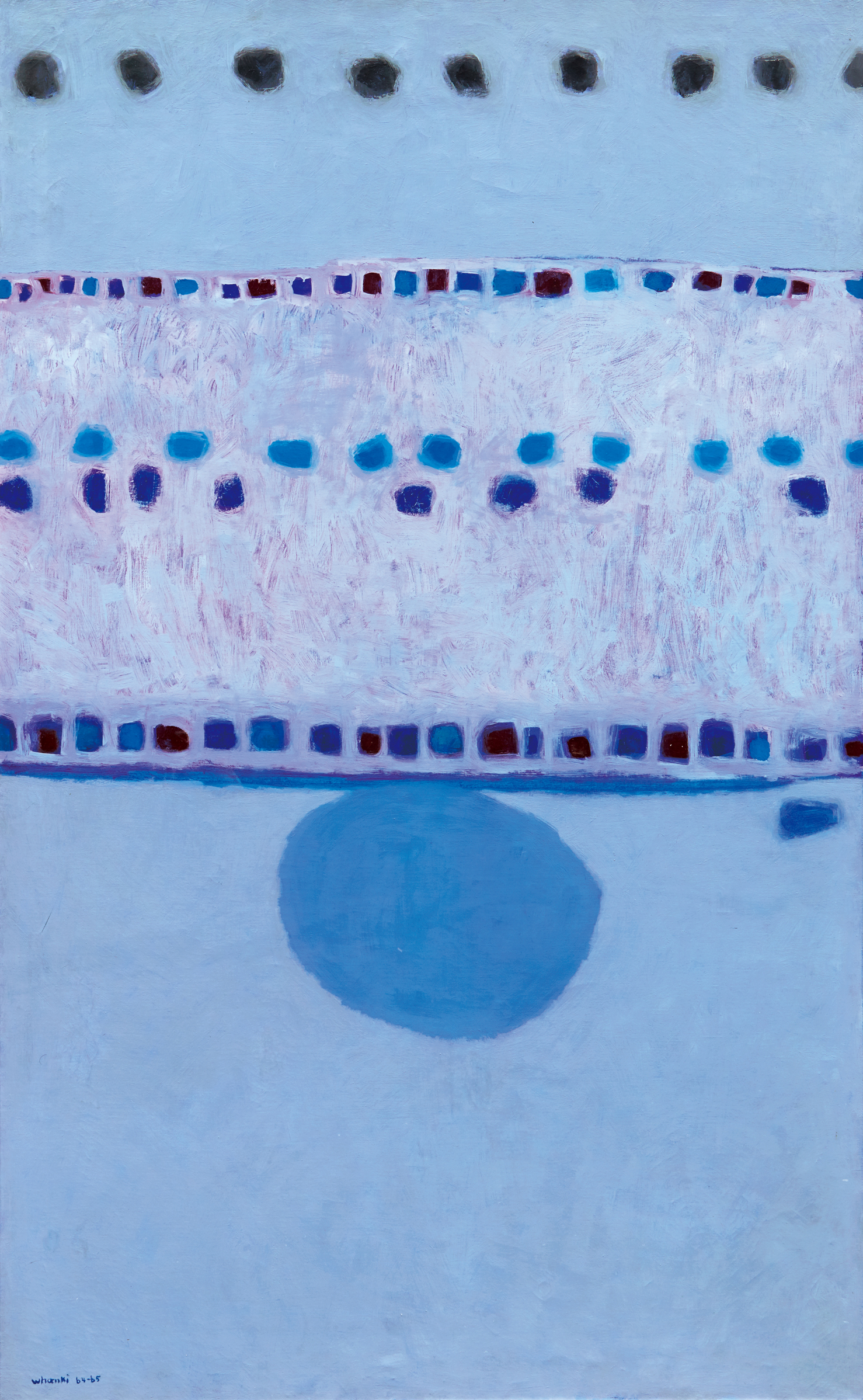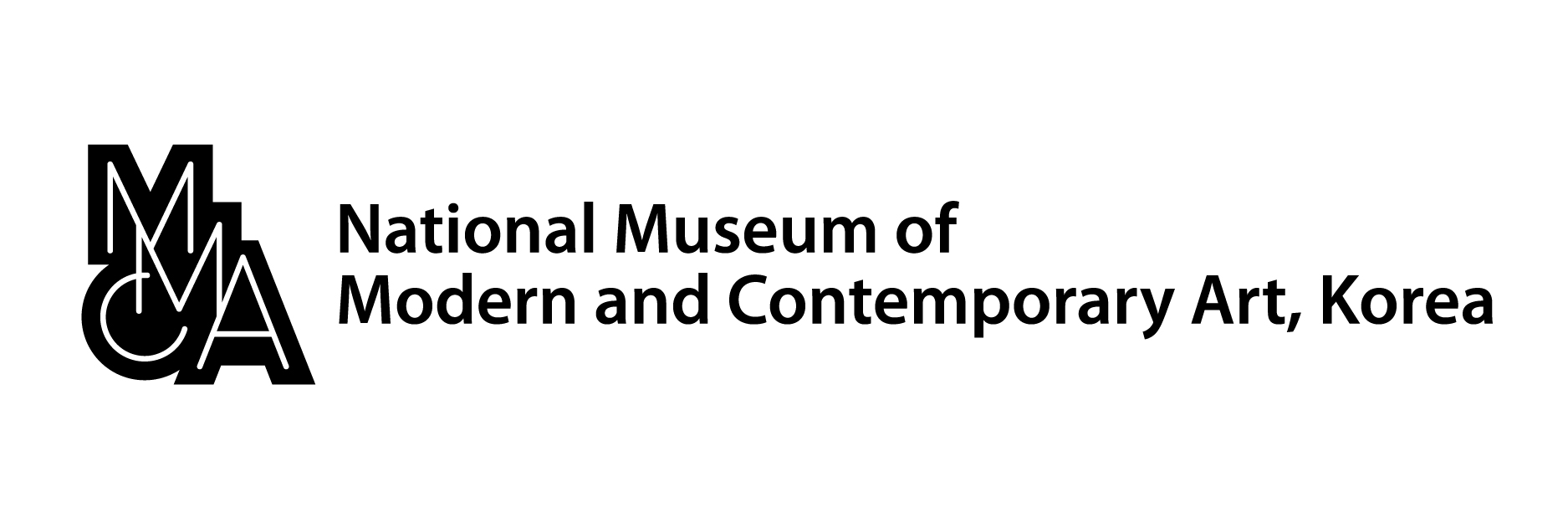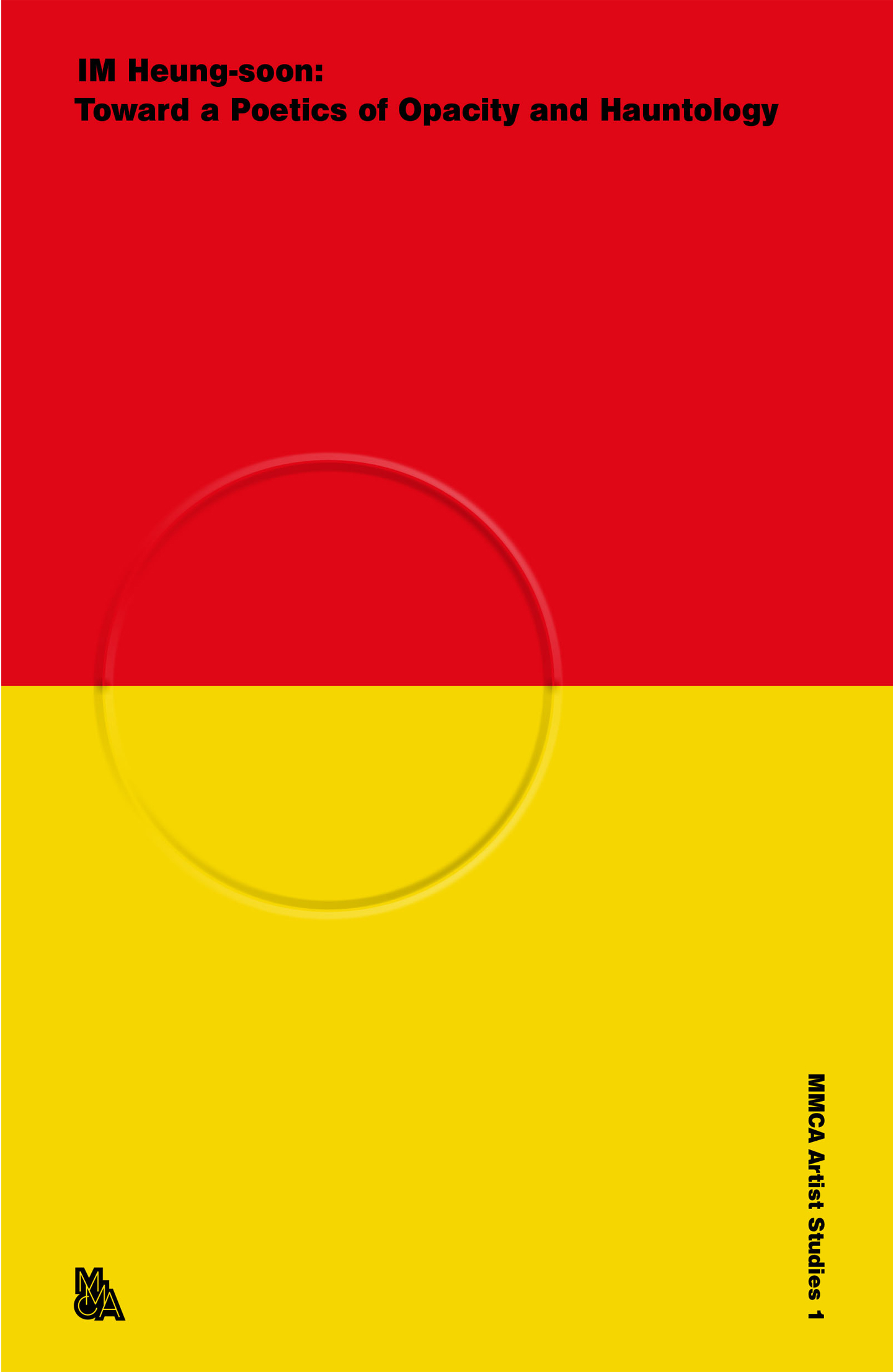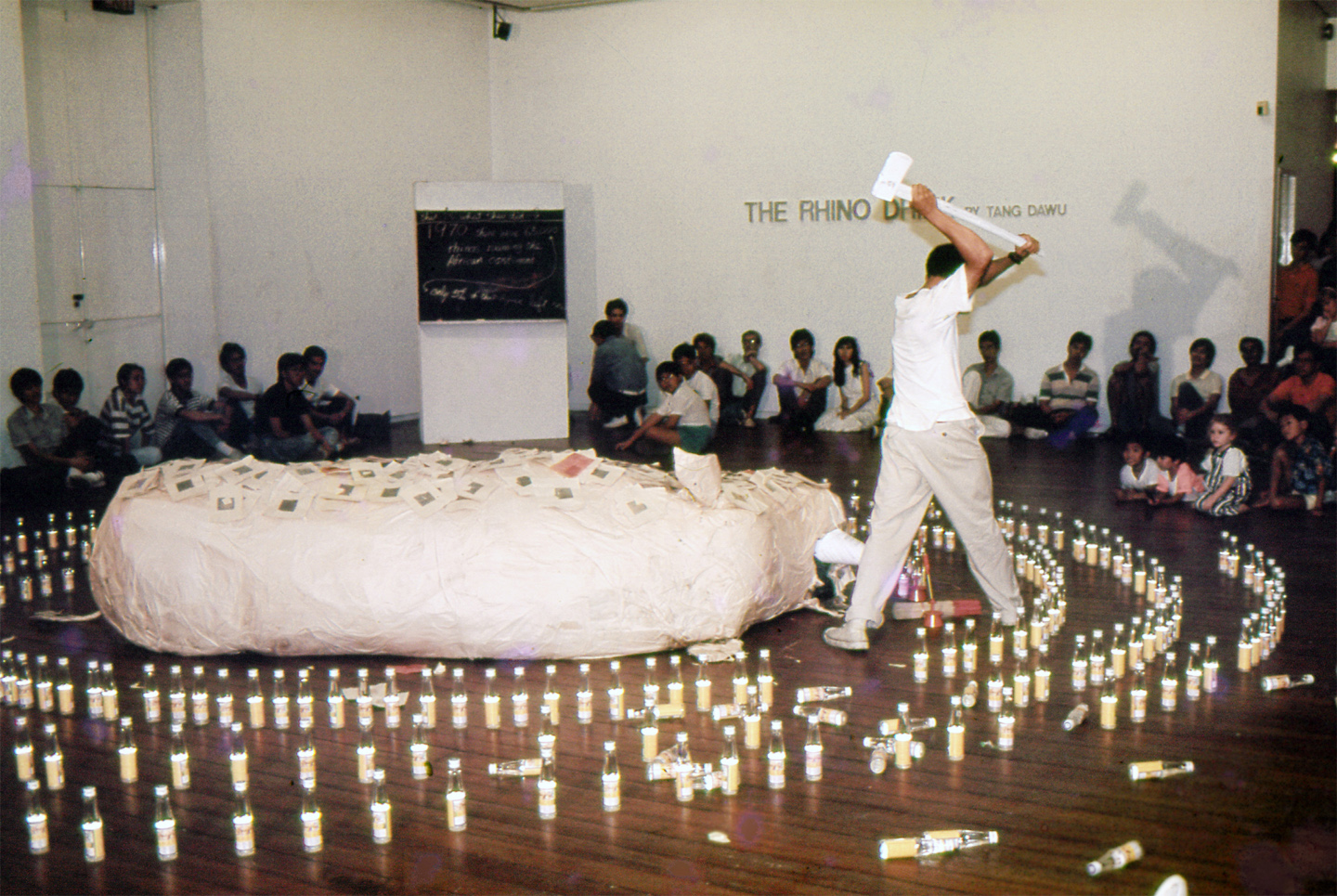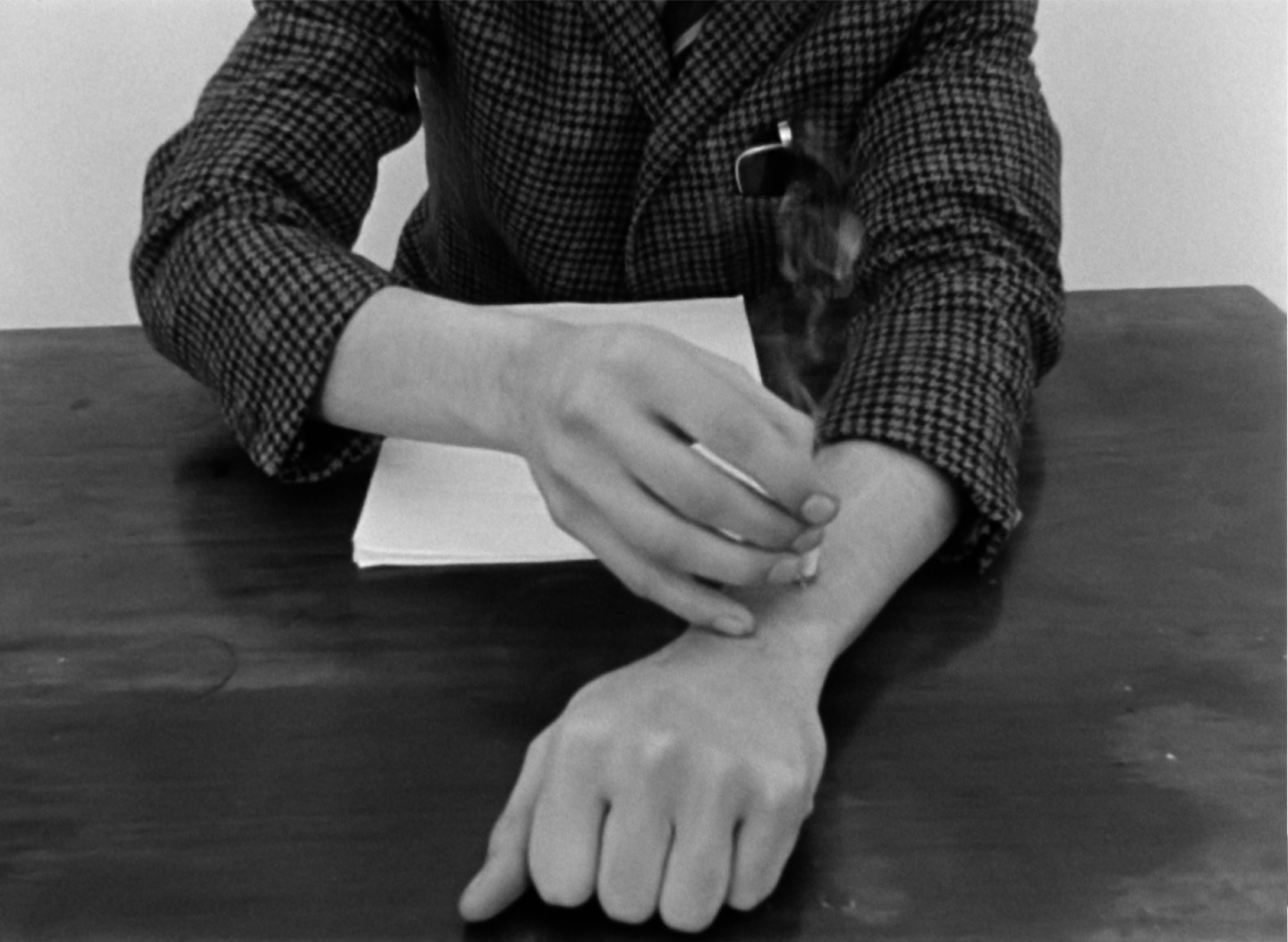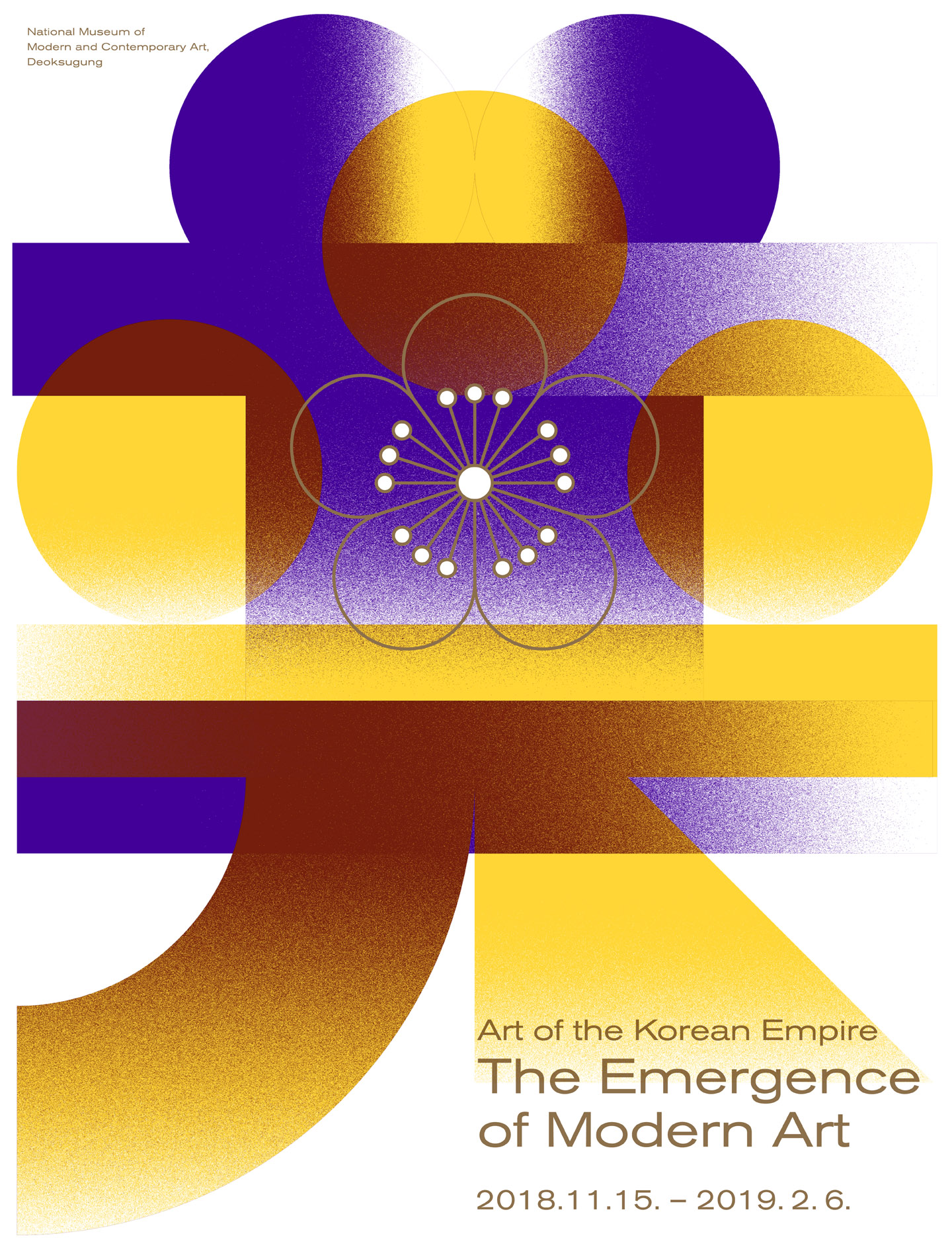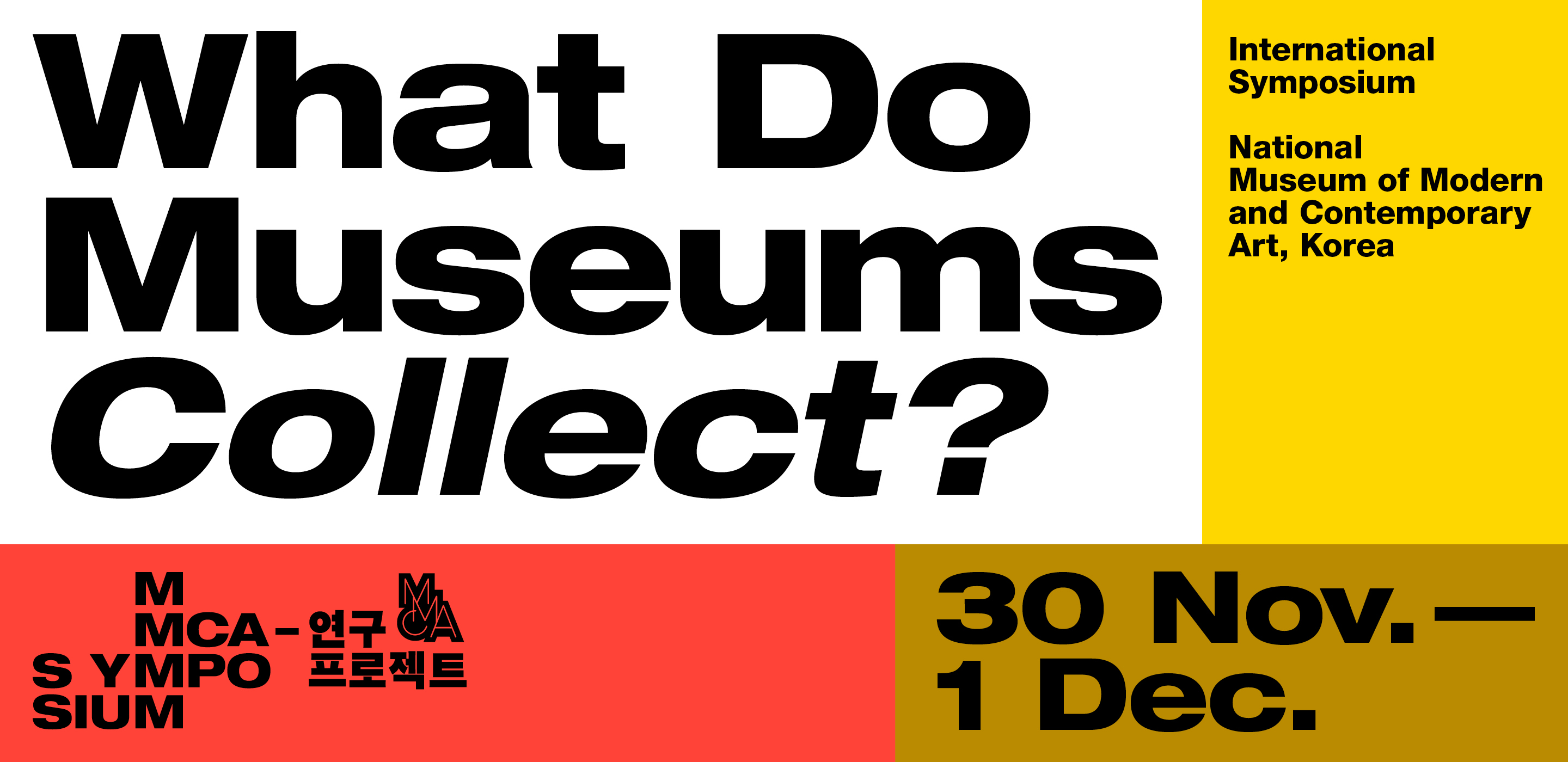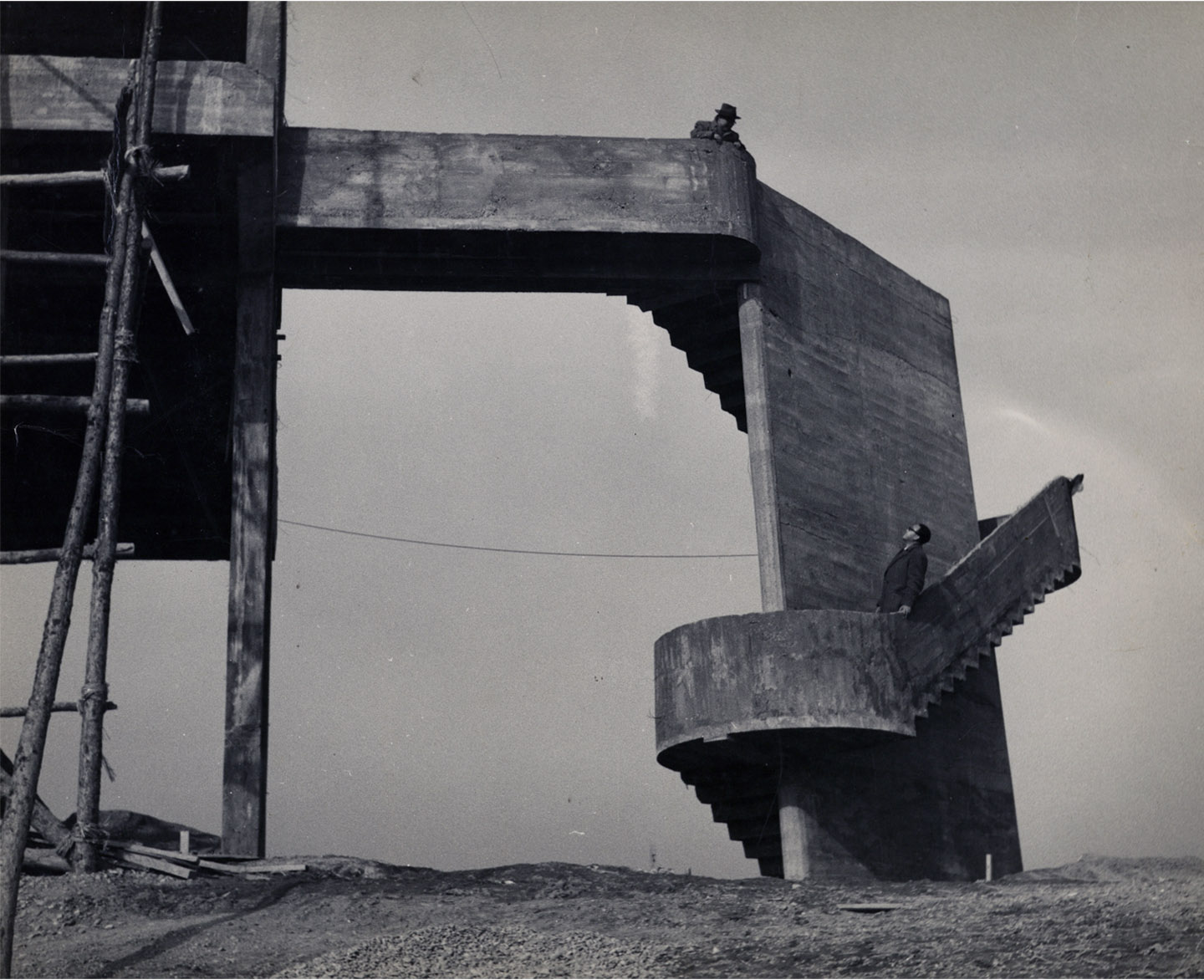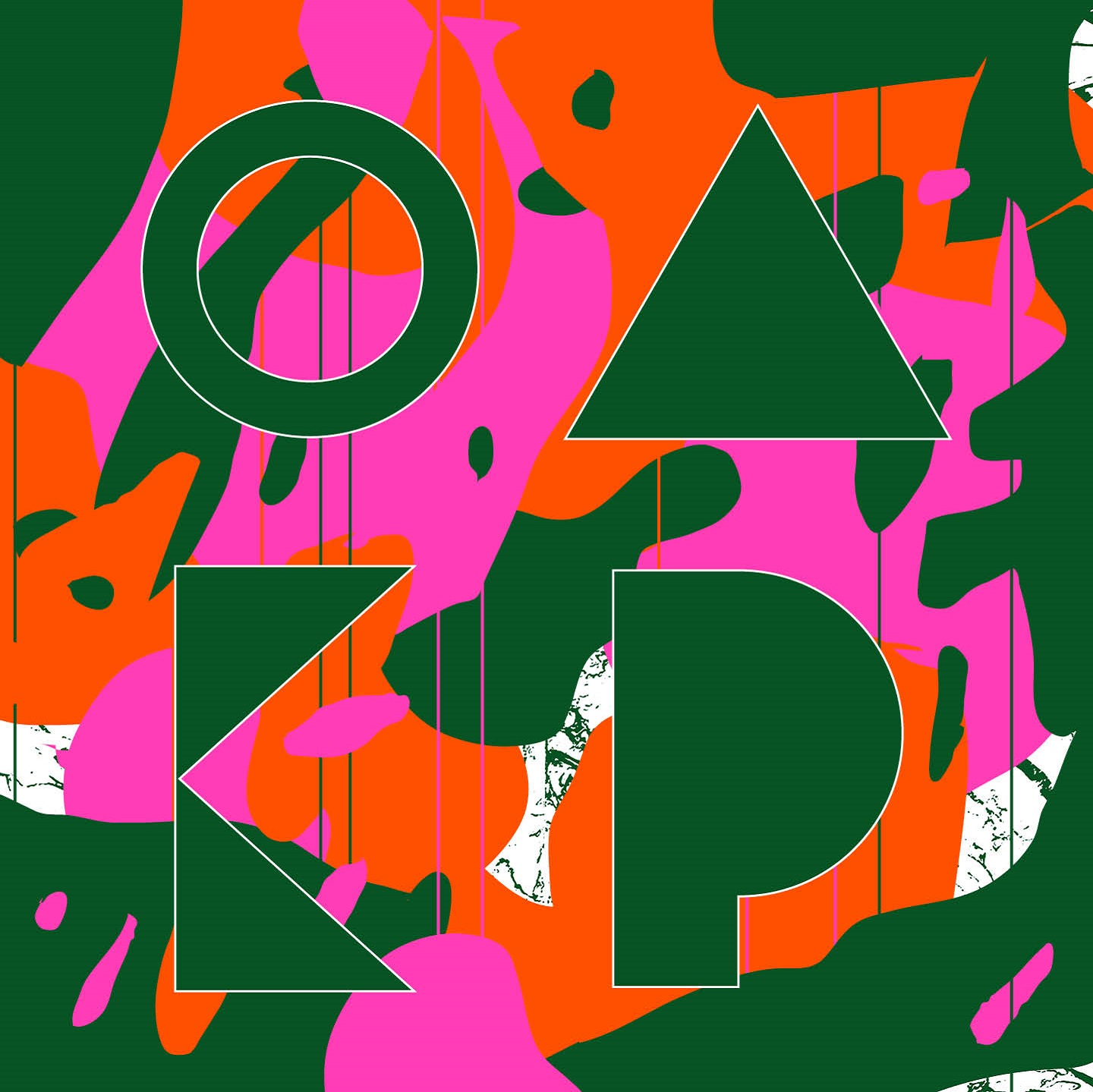New Acquisitions 2013-16
March 13–August 13, 2017
The Samramansang exhibition features a selection of artworks recently acquired by National Museum of Modern and Contemporary Art, Korea (MMCA) from years between 2013 to 2016. As of today, the entire collection includes approximately 8,000 pieces, 932 of which have been obtained just over the past four years. Among those, 100 works have been selected to be on display for the actual exhibition. The selection ranges from the works of the late modern period to pieces crafted by the vibrant, active young artists of the 2000s, allowing the viewer to grasp the current of the artistic movement from past to present.
The title of the exhibition was in fact taken after one of the pieces on display, Samramansang, a giant art installation by Kang Ik-Joong. Meaning "The entire world, the universe and all things," the title itself serves as an allusion to the expansive and free nature of modern art, as it embraces all kinds of techniques, matter, materials, topics, and so forth. This infinite range of expression appears from Korean modern artist Kim Whanki to Yang Fudong. The entire exhibition consists of five separate exhibition halls—below is a brief outline of the general theme and particular characteristics of each and every room:
The exhibition’s main title Samramansang also acts as the theme of our first exhibition gallery. By configuring various forms of artwork, including newly discovered pieces—with Kang Ik-Joong’s Samramansang at its center—from the late modern era, the conceptual artworks following the mid-20th century as well as the works that appeared during the modernization of Korean painting, the first exhibition gallery allows the audience to witness the diversity of modern art. At the same time, there will be a special section consisting of artworks that explore the reality of division in Korea, such as the DMZ, through which one can examine the altering perspectives among artists of the same timeframe like Kim Heryun, Kim Hosuck.
The second exhibition gallery is called Daily Life. Modern art is liberal. Artists do not hesitate from expressing themselves and their surrounding environment. Some artists utilise high-tech, advanced equipment, while others choose to persist with oil painting and traditional methods, or boast their individuality by carving out figures from bars of soap. All of these procedures start with the artists themselves; the artists use their creations to ultimately convey a personal narrative, a reflection of the "self."
Artists: Kim Eunjin, Choi Xooang, Ahn Changhong, Jun Sojung, Jung Yeondoo, Son Donghyun, Chang Jia, Kiki Smith, Toh Yunhee, Jeong Zikseong, Je Yeoran, etc.
The third exhibition gallery is about Boundary. With Lee Yong-Baek’s installation art Broken Mirror in the center, there will be a series of photographs in display. From the unidentified body figure captured in a snapshot of a demolished building to a picture of a low-flying aircraft swooping across a village, the hall is arranged with photographs that strive to convey the ambiguous boundary existing between the two parallel worlds, one of fantasy and one of reality.
Artists: Kang Hong-goo, Yoo Hyunmi, Sun K. Kwak, KDK, Sung Neungkyung, Jo Seub, Im Sangbin, Lee Hyungkoo, Cho Hwan, Bernar Venet, etc.
The forth exhibition gallery has a commonality in its medium of expression. Works with the topic of the "self," or ones that portray the "self" and the "boundary" are all presented in the same format of either a video or an audio. It is becoming increasingly difficult to find brushes and paints in the workshops of many contemporary artists, as they are now being replaced by machineries instead. Nevertheless, this trend that we are seeing today can also be considered as a significant feature of contemporary art.
Artists: Kim Ayoung, Lim Min-ouk, Lee Wan, Kim Heecheon, Ham Yangah, etc.
The fifth and final exhibition gallery will be playing Yang Fudong’s Seven Intellectuals in the Bamboo Forest III and Seven Intellectuals in the Bamboo Forest IV. The artist participated in various biennals such as the Venice Biennale, Documenta and the Lyon Biennale. Imbued with a lyrical, film noir aesthetic, the film follows a group of seven young urbanites who travel to the seaside and rice farms in pursuit of their dreams. As the final finishing touch of the exhibition, the black-and-white acclaimed masterpiece of YANG can be enjoyed from the vast open-space that only our museum can offer.
This exhibition will help visitors understand the museum’s collection in general, and realize process and usage of acquisitions in detail.
